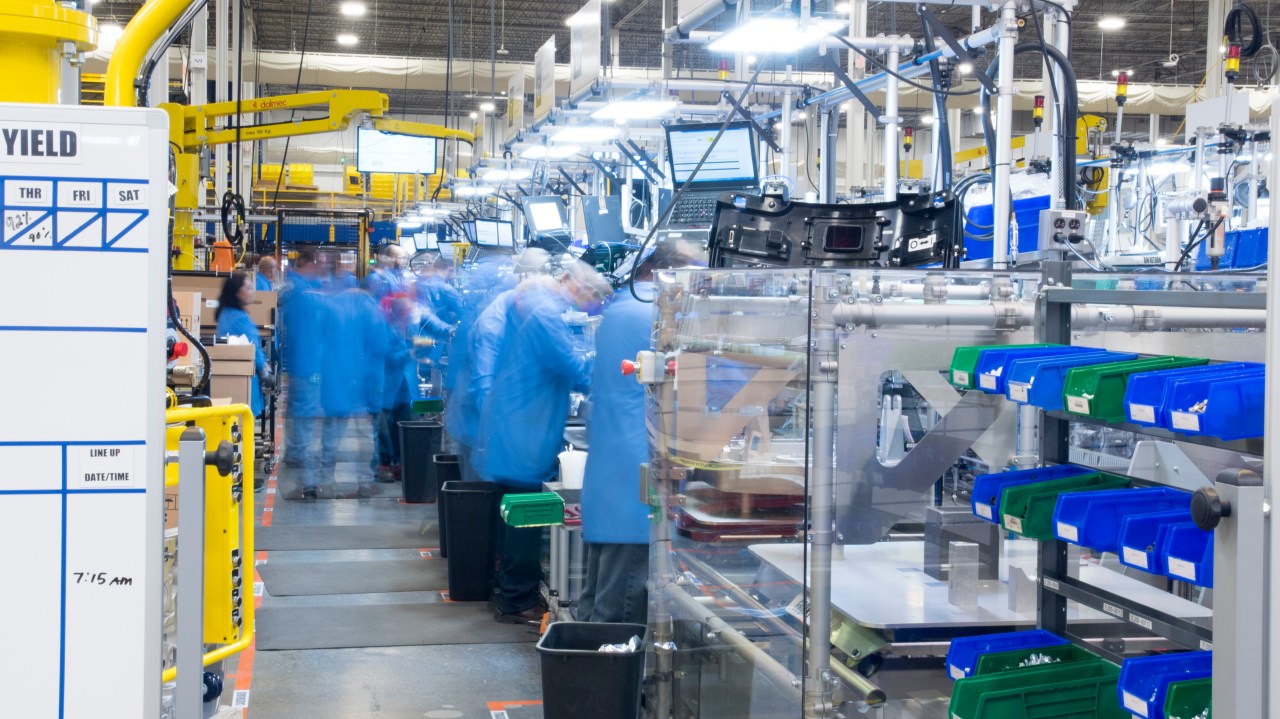In a quiet suburb of Boston, Massachusetts, a paradigm of cutting-edge technology hums with activity—a 350,000-square-foot Amazon Robotics facility known as BOS27. Here lies the heart of Amazon’s ambitious robotics initiatives, foundational to the company’s goals in streamlining logistics and enhancing customer experience. This blog explores the latest developments in Amazon Robotics, examining how economic challenges shape innovation and strategic decisions.
A Legacy of Innovation: The Amazon Robotics Journey
Amazon’s foray into the robotics sector began in earnest with the acquisition of Kiva Systems for $775 million over a decade ago. This pioneering move positioned Amazon at the forefront of warehouse automation, giving rise to a new industry standard. As noted by Rick Faulk, CEO of Locus Robotics, “We look at Amazon as probably the best marketing arm in the robotics business today.” The retail giant has not only set ambitious package delivery expectations but has also driven the evolution of robotics to keep competitors on their toes.
- Advanced Robotics Developments: The recent unveiling of the fourth-generation Hercules robot and the innovative Proteus highlights Amazon’s commitment to advancing warehouse automation.
- The Role of AI: With improved identification capabilities via AI and sensory technology, Amazon claims that its systems can recognize about 65% of its inventory, showcasing a blend of hardware and intelligent software.
Robotics in the Face of Economic Headwinds
Despite its scale and resources, Amazon is not immune to economic challenges. In recent months, the company has made headlines for reassessing its robotics projects, including scaling back the Scout sidewalk delivery robot. “We’re definitely aware of the macroeconomic conditions that are going on,” said Tye Brady, head of Amazon Robotics. The initial visions for technologies such as Scout are reconsidered through a more pragmatic lens to ensure not only financial viability but customer satisfaction.
This movement towards a more mindful assessment of robotics investments informs Amazon’s future strategies. Brady remarked, “We always learn from that experience and roll that into our thinking in robotics,” underscoring a forward-thinking mindset amid uncertainties.
Last-Mile Delivery: A Focus on Flexibility
Last-mile delivery represents a significant focus for Amazon, especially with the deployment of custom electric vehicles from Rivian to cater to rising holiday demands. The goal is to deploy thousands of these vehicles across multiple cities, reflecting a substantial investment in sustainable last-mile solutions while maintaining a strong emphasis on innovation.
- Drone Delivery Ambitions: Amazon remains optimistic about drone deliveries, projecting to deliver 500 million packages annually by the decade’s end despite the absence of significant progress on the ground.
- Exploration of New Technologies: The company is interested in exploring collaborations beyond its walls, as seen through its $1 billion Industrial Innovation Fund, aimed at supporting emergent robotics firms.
Looking Ahead: The Future of Amazon Robotics
Amazon Robotics is undergoing a consolidation strategy to streamline its operations while maintaining its commitment to innovate. In light of its recent cutbacks, the overarching approach is not about curbing investments but about optimizing resources to ensure sustainable growth. As Tye Brady noted, the company remains open to potential acquisitions to harness external innovations.
This adaptive strategy, combined with unwavering investments in robotics, ensures Amazon continues to lead in this cutthroat industry. Such investments are critical in a rapidly evolving tech landscape, where every advancement could redefine customer experiences.
Conclusion: The Road Ahead for Robotics
As Amazon navigates the complexities of the current economic climate, its robotics program showcases resilience and adaptability. By focusing on efficiency and customer feedback, Amazon is poised to continue its trajectory as a leader in warehouse automation and last-mile solutions. The winds of change may present challenges, but they also open doors to new possibilities for innovation in robotics.
At fxis.ai, we believe that such advancements are crucial for the future of AI, as they enable more comprehensive and effective solutions. Our team is continually exploring new methodologies to push the envelope in artificial intelligence, ensuring that our clients benefit from the latest technological innovations.
For more insights, updates, or to collaborate on AI development projects, stay connected with fxis.ai.

